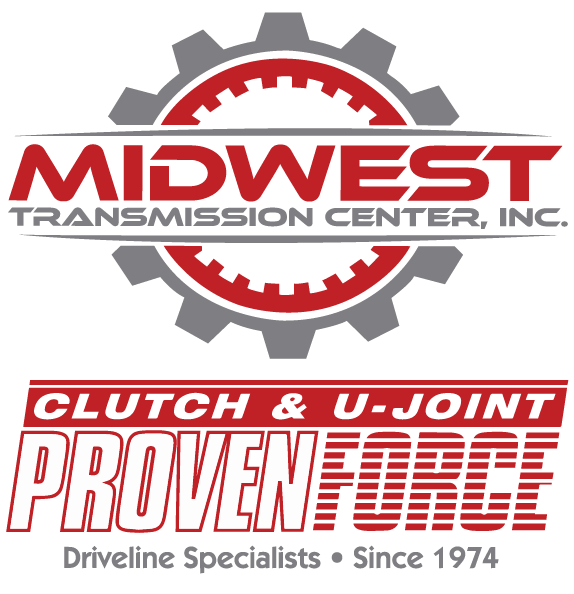Transfer Cases 101: What are they and how do they work?
Transfer Cases 101: What are they and how do they work?
We have what you need at Midwest Transmission, regardless of the vehicle you drive. From transmissions to differentials to clutch kits, from new parts to used parts to accessories, we have an extensive supply of everything you need for your project. All-in-all, we’re your go-to partner for all things automotive.
All that being said, we have yet to mention one of the primary parts we offer: transfer cases. A lot of people haven’t heard of these, don’t know what they are, and are unsure of the purpose they serve. Knowing this, we wanted to take the time to provide you with some basic information on transfer cases and familiarize you with their job in your vehicle.
What is a transfer case?
In short, a transfer case makes a two-wheel-drive vehicle become a four-wheel-drive vehicle. At its bare bones, it is a gearbox consisting of gears, a chain, some fluid, and a fork. These components all work together to allow a driver to change which wheels are actively engaged in driving a vehicle forward in all different gear ratios. It exists to transfer power from the transmission to the front wheels instead of only to the rear wheels.
Based on the settings you choose for your vehicle at any moment, the transfer case allows for all four wheels to be engaged in driving the vehicle forward or for only two wheels to be causing the vehicle’s movement. When only two wheels are actively engaged, the other two just spin due to the kinetic energy produced by the engaged wheels.
All-in-all, the transfer case is the most defining, important component of a four-wheel-drive vehicle, as, without it, the vehicle would only be able to be driven by the two rear wheels.
How does a transfer case work?
A transfer case serves as the connection point between the front and rear driveshafts. It typically has a small motor attached to it that powers a gear that engages with the transmission. When the motor is off, the gear is disengaged, and the front wheels do not receive power from the transmission, making the rear wheels do all the work.
Transfer cases in older vehicles were controlled by shifts on the vehicle’s floor that would need to be manually engaged. Some newer transfer cases are engaged by buttons that can be pushed to interact with the gears and control where the power is sent. In many new vehicles, the transfer case kicks in automatically, only doing so if the vehicle or its speed sensors detect slipping. These newest versions can detect an issue and switch gears in a split second, conveniently providing the most stability, traction, and safety in wet or snowy conditions.
What are the different types of transfer cases?
There are three types of transfer cases: part-time four-wheel-drive, full-time four-wheel-drive, and active four-wheel-drive. Part-time four-wheel-drive allows drivers the option of shifting into or out of four-wheel-drive from two-wheel-drive. Full-time four-wheel-drive is the same as all-wheel-drive, where a vehicle cannot shift to two-wheel-drive and remains only in four-wheel-drive. Finally, active four-wheel-drive allows a driver to engage automatic four-wheel-drive if they choose to, otherwise keeping the vehicle in two-wheel-drive and only switching to four-wheel-drive if slipping is detected.
Two of our popular transfer cases that we offer are those with the Hollander Numbers (our #) - our numbers are 412-00536 (TCGM076) & 412-00536 (TCGM077) - a couple of the highest quality transfer cases available.
How is a transfer case different from a differential case?
Though some components are the same, a vehicle’s differential case is separate from its transfer case. Much like a transfer case, a differential case comprises gears and fluid. Unlike a transfer case, it also contains bearings but does contain a chain. Where the transfer case allows energy to be divided between the front and rear wheels, the differential case allows that power to be distributed to either of the wheels in the given set.
From start to finish, the energy is created by the engine, transferred to the transmission, pushed through the output shaft of the transfer case, and sent down the driveshaft into the differential case. From there, the differential case processes and distributes the energy through the front and rear axles to the wheels on either side.
If you were to look at the bones of a vehicle, you would see the differential case is located between the transmission and the front and rear differentials, being connected by the driveshafts. In simpler, more easily-imaginable terms, think of a capital “T,” picturing that the horizontal line has a wheel on either side of it. Now, picture where the vertical line meets the horizontal line, creating the “T.” The vehicle’s differential case is located at this point of connection.
We’ve got you.
Vehicles and their many different parts can be complicated and difficult to understand. But don’t worry, that’s where we come in. We can help you make sense of your vehicle, its components, and its needs, ensuring you have access to all the parts your vehicle may need. As we like to say, from the flywheel to the drive wheel, at Midwest Transmission, we have what you need.
Contact us today for assistance.
